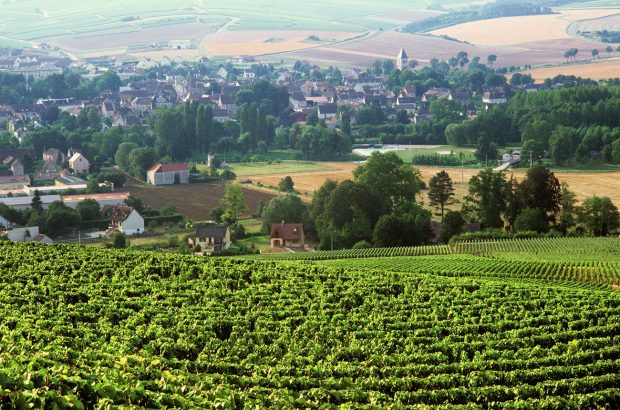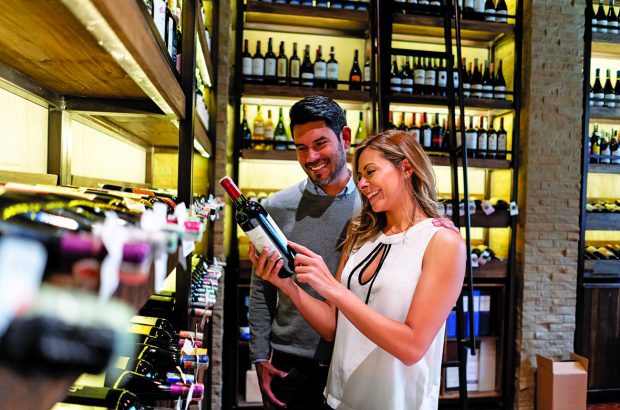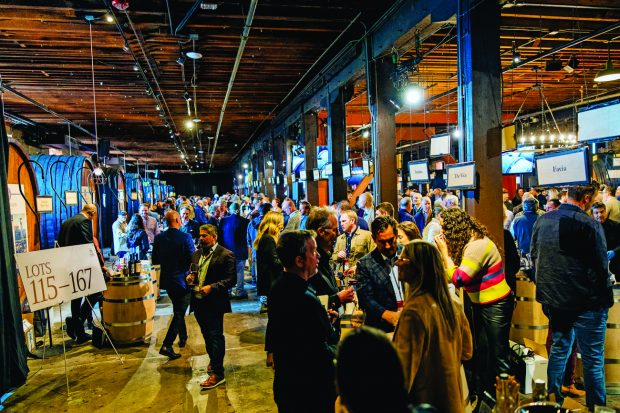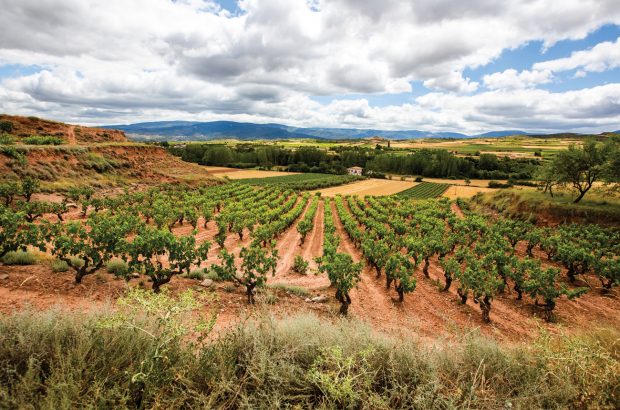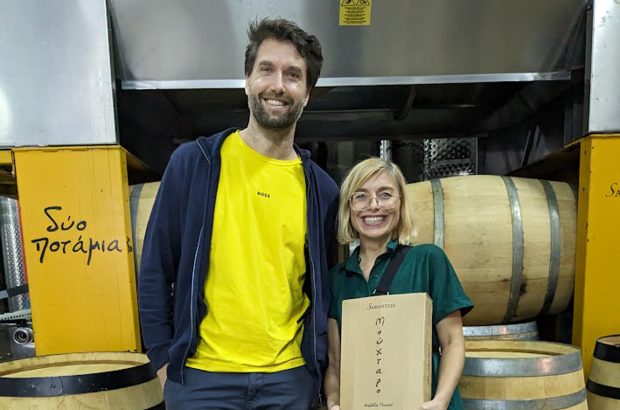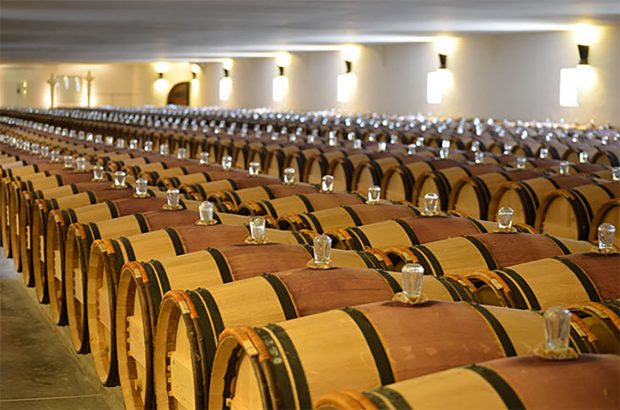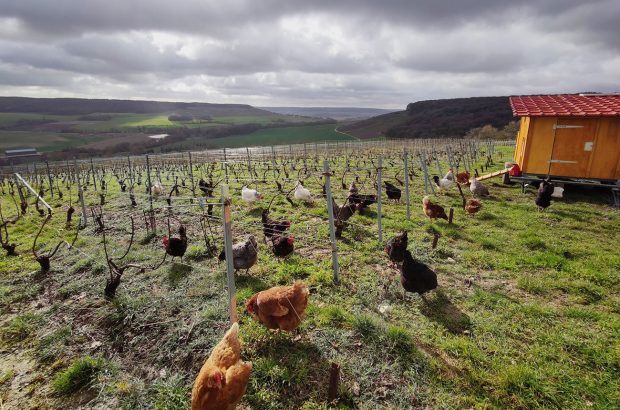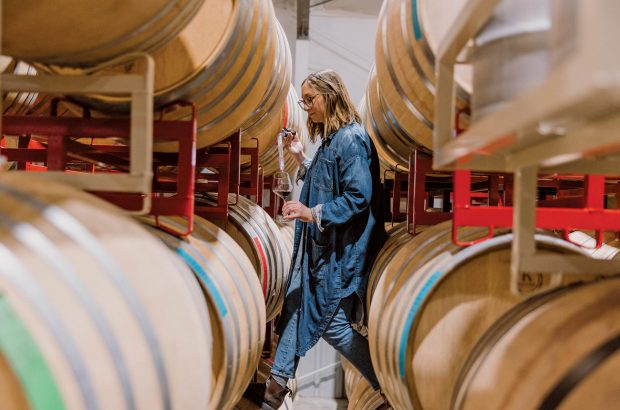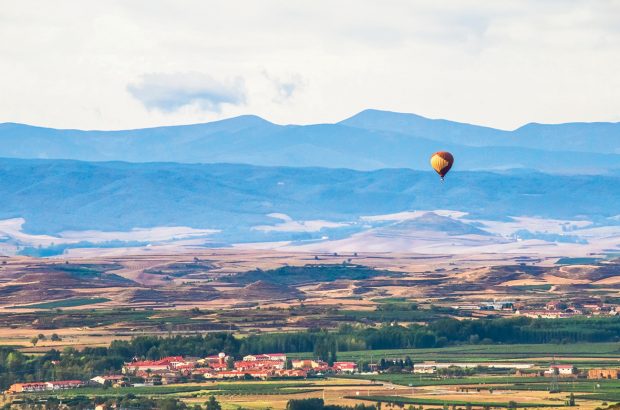Italy’s cooperative wineries may lack the glamour of its single estates, but they offer a wealth of riches for savvy wine lovers. Simon Reilly highlights the names you need to know...
For those frequenting the trendy wine bars of east London and Paris searching for their next Instagram post of the latest small-batch, sulphur-free, wax-sealed natural wine made by a bearded winemaker in a shed in the Jura, Italian cooperatives may hold little interest.
For the rest of us, there is real value and quality to be enjoyed.
Scroll down to see Simon’s top cooperative wines
Italy’s cooperative movement, or cantina sociale, is as strong as in any wine-growing country in Europe. Producing more than 60% of Italy’s wines, co-ops represent a vital part of the national wine industry and, happily for the wine lover, offer myriad wines of fantastic value and quality. Yet, with so much made, as ever, it pays to pick the right producer.
Physical geography has created five clear hotspots in Italy’s cooperative landscape where there is a greater emphasis on quality. In northern Italy, the Alps, the Dolomites and the occasional lake make wine production a challenge. Historically this has encouraged wine-growers in these areas to work together.
As a result, the cooperatives of Piedmont, Veneto and Alto Adige are worth seeking out. Further south, beacons of quality are harder to find, until you get on a boat and sail to the islands. On both Sicily and Sardinia the co-ops are dominant in terms of volume, but there is real quality to be found too.
Continue reading the full article below the list of wines
Great value wines from Italian cooperatives:
Piedmont
Piedmont is home to the king of all Italian cooperatives, the Produttori del Barbaresco. With 54 farmers providing fruit, it controls 105ha of the 700ha in the Barbaresco DOCG.
From the entry-level Langhe Nebbiolo, through the blended Barbaresco, to the nine single-cru wines made only in the best vintages, the quality and value of the Nebbiolo this cooperative produces is hard to beat.
Aldo Vacca runs the winery alongside a board, elected from their 54 farmers, who together with the winemaker shape the winemaking decisions – including whether the single crus should be bottled. According to Vacca: ‘Sometimes it’s a no-brainer, sometimes it requires a little more thinking.’ This is usually done in the spring after the harvest, when the board members taste the wines before they go into barrel.
The wines are approachable when young, but have the ability to age for decades, gaining in complexity. A recent tasting of the 2007, 2008 and 2010 vintages of the straight Barbaresco highlighted the consistency and complexity of the wines.
Rather than blurring into variations on a winemaking style, each wine is a window through which one can gaze into the specific vintage conditions and pick out the subtle characteristics of the Barbaresco terroir. This is down to Vacca’s winemaking philosophy, which he describes as: ‘Minimal manipulation, long maceration and long ageing in used oak barrels’.
See also on Decanter Premium: The cru-isation of Barolo
A lesser-known cooperative gem not be missed is the Cantina del Produttori Nebbiolo di Carema, whose 16ha of pergola-trained vines on the edge of the Italian Alps produce some of the most elegant yet concentrated Nebbiolo in Piedmont.
The black-labelled standard bottling is Carema’s Volnay; elegant, fine, light but full of the flavours of orange peel, raspberry and sour cherries. The white-labelled riserva is more serious; Carema’s Nuits-St-George, with its fuller-bodied dark cherry and leather flavours.
Beyond Nebbiolo, Gavi’s Produttori del Gavi is worth seeking out. With over 150ha of vines and more than 100 members, the winemaking team of winemaker Andrea Pancotti and consultant Mario Redoglia succeed in making consistently good-value wines of interest and complexity from the Cortese grape.

Matt Thomson, winemaking consultant. Credit: Jim Tannock
Veneto
The focus of cooperatives in Veneto is Soave and Valpolicella. In the Soave region in particular, cooperatives have been blamed for a glut of mass-produced, bland wine made with an eye on commercial volumes rather than quality.
Basic economics are the only way to buck this trend, according to seasoned cooperative winemaking consultant Matt Thomson. New Zealander Thomson has worked more than 25 consecutive vintages in Europe, advising cooperatives including Cantina di Monteforte in Soave and Cantina Valpantena in Valpolicella.
‘Unless you award growers for producing better quality fruit, it just becomes a commodity,’ says Thomson. His formula for success is simple: offer a higher rate for better fruit. ‘It all starts with incentivising them to produce the best fruit possible,’ he says.
Another common weakness of the co-op model, according to Thomson, is a tendency to throw all the grapes into the pot to produce a small number of blended wines. Efforts made by quality-driven growers to produce good fruit are consequently washed away by blending it with weaker fruit.
At Cantina di Monteforte, he instead makes two individual DOCG Soave Classico Superiores – Vigneto Montegrande and Terre di Monteforte – from the best fruit. These wines, both priced at under £10 in the UK, offer a level of quality and character rarely seen at this price point.
Another Veneto producer who has been making single-vineyard cuvées for many years is Daniele Accordini of Cantina de Negrar. The excellent single-vineyard Valpolicellas and superior Amarones are widely available, good value and well worth exploring.
READ: Amarone: a buyer’s guide

Cantina di Negrar produces single-vineyard wines
Alto Adige
Alto Adige is perhaps the most renowned region in Italy for quality-focussed co-ops. One of the finest in the region is the Cantina Terlano. It has invested heavily in infrastructure, which allows it to store its wines – often for many years – before release.
At the top end, this ability to age is shown off in the company’s Rarities range. Only 3,330 bottles of each rarity wine are released after the wine has spent 12 months in oak barrels and then many years maturing in steel tanks. Wines are bottled only when the winemaker feels they have achieved the right level of balance. The most recent of these releases was a 2004 Pinot Bianco.
READ: My dream dozen: Italian whites
The most traditional of Cantina Terlano’s cuvées is the Terlaner; a blend of Pinot Bianco, Chardonnay and Sauvignon Blanc that it has produced since the winery was founded in 1893. It is a consistently excellent, beautifully textured and complex wine that is very much the benchmark for the winery.
Sicily and Sardinia
Both Sicily and Sardinia are dominated by giant co-ops, such as Sicily’s largest, Cantine Settesoli, which controls about 5% of the island’s vineyard area, some 6,000ha. Most of the wine made by these giants is mass-produced, some of it exported in bulk. For real quality, the smaller, more focussed producers need to be sought out.
On Sicily, Centopassi is the star. Not only does it make excellent, high-altitude wine, but it does so with grapes grown on land once owned by the Sicilian mafia. In 1996 the Rognoni-La Torre Law (named after the outspoken anti-Mafia activist Pio La Torre) was introduced, allowing the confiscated land to be returned to its original use.

Cantina di Mogoro. Credit: Stefano Pia
An organisation called Libera Terra (‘freed land’) was created to manage confiscated Mafia land across Sicily. Centopassi is the winemaking entity of Libera Terra, making a range of high-quality organic wines grown with largely indigenous grapes on high (500m-950m), rocky vineyards in the Alto Belice Corleonese region of Sicily, near Palermo.
In Sardinia, the Cantina di Mogoro, since it began in 1956, has actively promoted the indigenous varieties of Sardinia; rarely seen elsewhere, these include Bovale, Cannonau, Monica and Semidano.
Its two Semidano expressions (Anastasía and Puistéris) are both unique, high-quality interpretations, and the co-op also brings to life the often forgotten grape, Monica, in its San Bernardino cuvée, by adding a small amount of Bovale.
So if you look in the right place, Italy’s co-ops can provide wines of real interest. Whether it is minimal intervention, rare indigenous varieties, single-vineyard cuvées or long-aged rarities that rock your boat, it shouldn’t be too long before Italian cooperatives start popping up on your Instagram feed.
Cooperatives hitting the premium trail
Cooperatives have historically been known for making mass-produced wines at the value end of the wine market. Increasingly, however, this is starting to change. Many of Italy’s largest cooperatives have added a premium range to their portfolio.
In most cases – rather than being just a marketing ploy to generate additional revenue from the same wines – some outstanding wines are being made, often at an attractive quality and price point.
In Soave, the Cantina di Soave, which has over 6,000ha of vineyards in Soave, Amarone and Valpolicella, has created the premium Rocca Sveva range. Described by the Cantina as ‘a winery within a winery’, it consists of a range of excellent wines from the best plots within the estate.
Alongside some distinctive examples of Soave, Valpolicella and Amarone, one of the highlights of the Rocca Sveva range is the Mida Recioto di Soave. Mida is a sweet wine made from partially botrytised Garganega, giving it a rich orange peel and caramel flavour, backed by refreshing acidity.
Also in Veneto, Cantina di Negrar has created the Domini Veneti range. This started as a ‘quality project’ in 1989, when the Cantina worked with its growers to identify the locations within their estates that were best suited to producing quality Valpolicella and Amarone wines. Working with the growers, it now produces a range of cru wines using fruit from these plots.
Over in Piedmont, the Produttori del Barbaresco has produced high-end single-vineyard cru wines in the best vintages for many years. Its unnerving focus on producing high-quality, terroir-driven wines only from Nebbiolo has made it a leading light in the Barbaresco denomination.
In neighbouring Barolo, the Terre del Barolo cooperative cannot make such a claim, historically making wines which failed to reach the highs achieved by the more illustrious estates in the Barolo region. This may be about to change with its ArnaldoRivera brand, a premium range launched in 2017 with wines from the much-lauded 2013 vintage.
Named after the founder of the Terre de Barolo cooperative, the wines are sourced from some of the most prestigious vineyards in the Barolo DOCG. Initial indications are very positive, and the ArnaldoRivera wines appear to be a real step up in quality from the Terre del Barolo wines. Definitely a brand to watch.

Terre Barolo produces the ArnaldoRivera premium range
In Alto Adige, the largest cooperative in the region, Cavit, has sought to highlight the quality of some of the best terroirs within its estate through its premium Maso range. The Maso wines are all still wines sourced from the best vineyards in the estate, the aim being to produce terroir-driven wines at a cru level of quality.
However, it is Cavit’s premium sparkling wines which attract the most attention. The Altemasi Trento DOC range features five premium sparkling wines from vineyards at altitudes of up to 600m. The standout wine of this range is the Riserva Graal, a blend of Chardonnay and Pinot Noir from some of the highest vineyards in Trentino.


